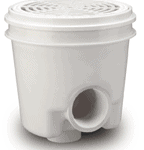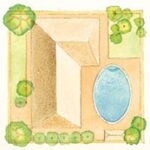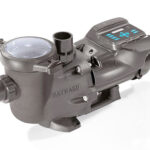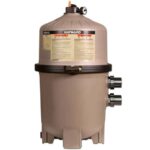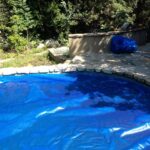This article is an expert reference guide covering the basics of hot tubs, jacuzzis, and spas. Also explains how hydrojets work and provides useful diagrams.
Despite its smaller size, a spa operates in much the same way as a swimming pool. A pump circulates the water and passes it through a filter; the addition of chemicals destroys bacteria and keeps the water sterile. There are important differences, however, between a spa and a pool.
Spas are generally heated to a much higher temperature, and the force of the water flowing into the spa is much greater than that in the swimming pool, producing the high-pressure rush of water that makes spas especially soothing.When installed next to a swimming pool, an in-ground spa uses the same equipment as the pool itself. The pool’s basic equipment needs to be slightly larger to handle the additional load. Freestanding spas require their own pump, filter, and heater. That equipment can be smaller than for a swimming pool, since the workload is smaller.
How Spa Hydrojets Work
Hydrojets propel water into a spa, providing the high-pressure massage action so treasured by spa owners. A hydrojet mixes a pressurized stream of water with air and then forces it into the spa to create a bubbling swirl. Each hydroject pumps out between 12 and 15 gallons of water per minute, and most spas contain at least four jets.
Two-speed pumps are often used for spas. The higher speed is used to power the hydrojets; the lower speed operates the circulation through the filter and heater–and saves energy when the spa is not in use.
Hydrojets do not have to be fixed in one orientation; in the best spa models, they move up and down to create a rippling massage. And in many spas, including prefabricated ones, you may be able to choose the exact location of the hydrojets.
If you can, sit in the spa before you purchase it so the hydrojets can be placed to your preference. The air intake on a hydrojet can be regulated by opening or closing the ports near the top edge of the spa.
When the ports are completely closed, hydrojets produce a gentle rather than a rippling massage. With ports fully open, some models are able to spew out more than 75 gallons per minute, all through a single jet, to create an inviting whirlpool bath.
One drawback of hydrojets is that their blowers tend to be noisy. When a spa is inside the house, this can result in unbearable sound for everyone but the spa users. But when a spa is connected to an in-ground pool, blowers can usually be located far enough from the spa, with the other pool equipment, to minimize the impact of the noise.



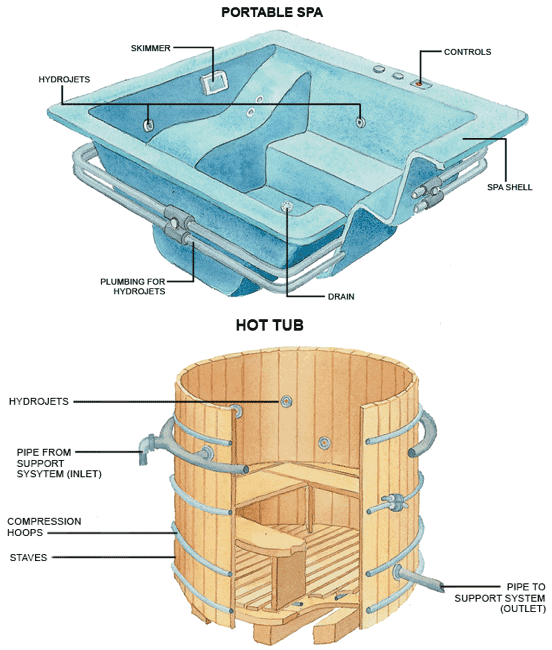
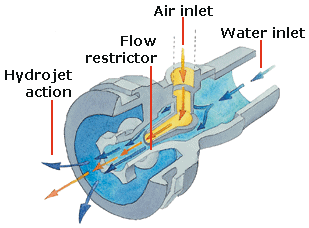
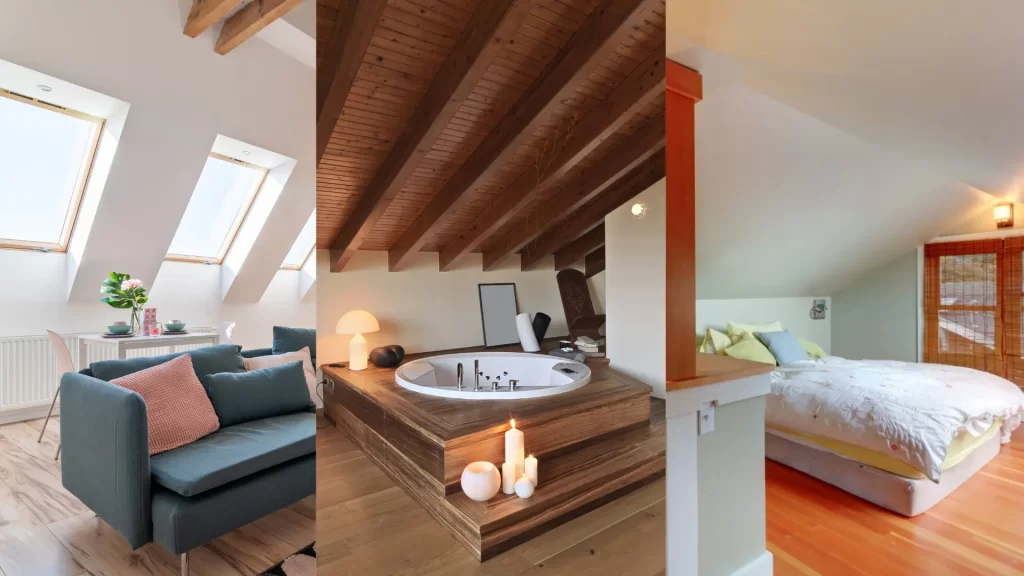
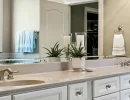
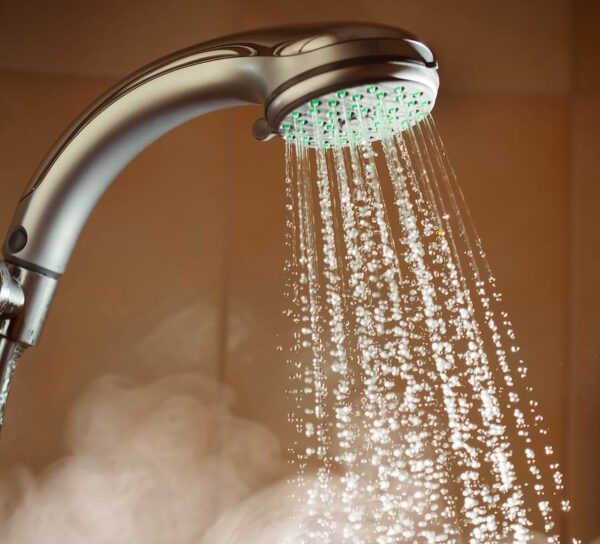
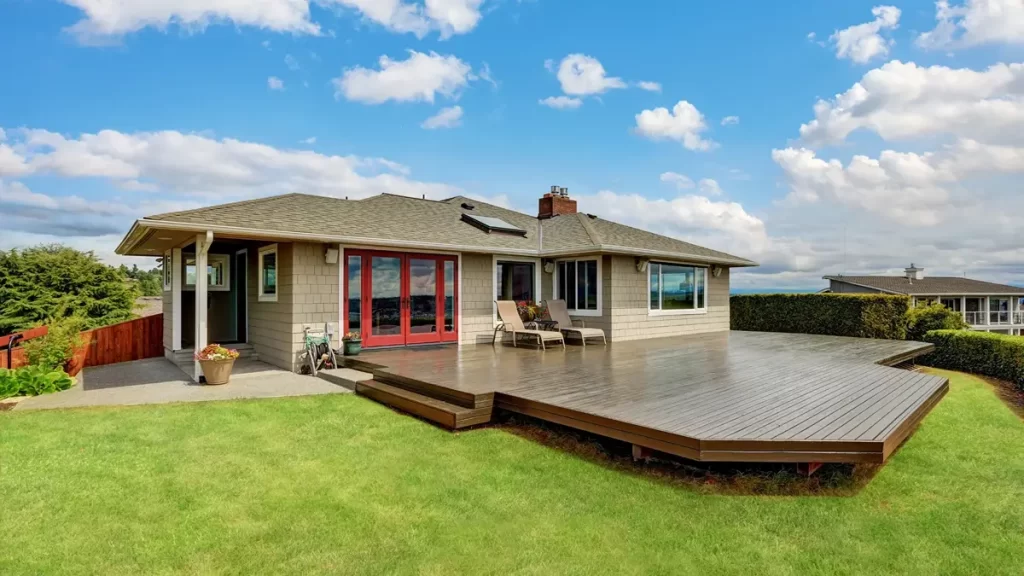
 Don Vandervort writes or edits every article at HomeTips. Don has:
Don Vandervort writes or edits every article at HomeTips. Don has:
